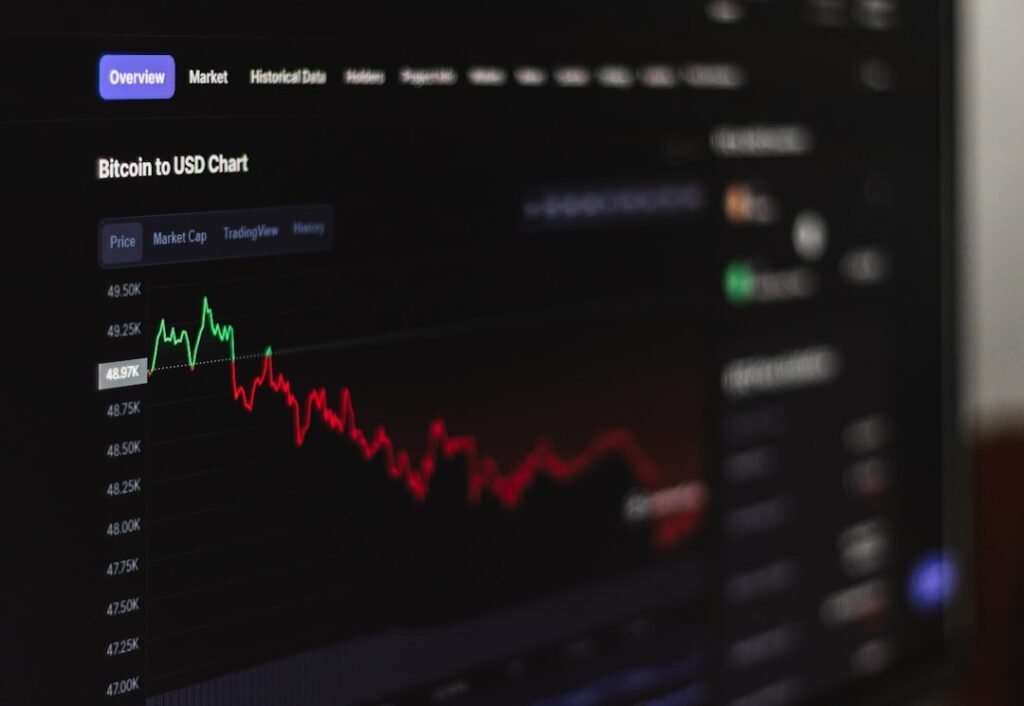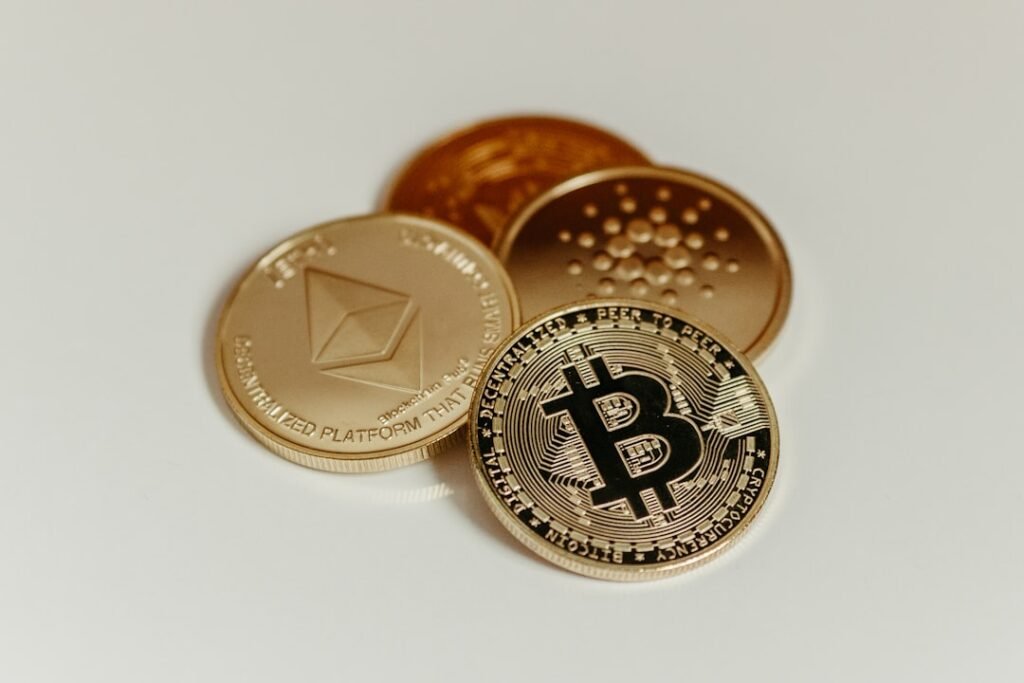Stablecoins at the Crossroads: Tether and Circle Face Regulatory Storm as $2.5 Trillion Market Hangs in Balance
The global payments landscape is undergoing a seismic shift, driven by the explosive growth of stablecoins—digital currencies pegged to traditional assets like the US dollar. With transaction volumes doubling to $27 trillion annually and total issuance hitting $250 billion, these blockchain-based instruments are challenging legacy payment systems. Yet as Tether and Circle dominate this emerging market, they face unprecedented regulatory scrutiny and fundamental challenges that could reshape the financial ecosystem.
The Stablecoin Surge: From Niche to Mainstream
Stablecoins have evolved from crypto trading tools to genuine payment alternatives, processing $20-30 billion daily. While this represents less than 1% of global money flows, the growth trajectory is staggering:
- Total value issued has doubled from $120 billion to $250 billion in just 18 months
- Projected to reach $400 billion by end-2025 and $2 trillion by 2028
- Daily transactions could hit $250 billion within three years—surpassing major card networks
Three dominant models have emerged:
- 中央銀行數位貨幣 (CBDC): Official digital versions of national currencies (e.g., China's e-CNY)
- Private Stablecoins: Tokenized cash issued by private entities on public blockchains (Tether's USDT, Circle's USDC)
- Bank-Issued Tokenized Deposits: Digital representations of traditional deposits (JPMorgan's JPM Coin)
These formats share a revolutionary capability: near-instant settlement with built-in compliance checks through smart contracts—a stark contrast to traditional payment rails like SWIFT that take 1-5 business days.
Regulatory Thunderclouds Gather
As stablecoins gain traction, regulators worldwide are scrambling to establish guardrails. The regulatory landscape is shifting dramatically:
- EU's MiCA Regulation: Requires stablecoin issuers to maintain full liquid reserves with 1:1 backing and undergo regular audits
- US GENIUS Act: Passed by the Senate in June 2025, establishes reserve requirements and oversight frameworks
- Global Licensing Regimes: Emerging frameworks in UK, Hong Kong, Japan, and Singapore
This regulatory wave directly targets dominant players. Tether—issuer of the $155 billion USDT—faces intense scrutiny over its reserve composition and alleged sanction evasion. Circle—behind the $60 billion USDC—recently applied for a banking license after its IPO, signaling a strategic pivot toward traditional finance acceptance.
The Yield-Bearing Revolution Threatens Incumbents
A disruptive new player is emerging: yield-bearing stablecoins. Issuers like Spark Protocol and Figure Markets promise to share interest income with holders, transforming stablecoins from payment tools into savings vehicles:
- Market share surged over 200% to $13 billion since late 2024
- Now represent over 6% of the $243 billion stablecoin market
- Could capture 50% market share if current growth continues
This innovation threatens Tether and Circle's dominance while raising fundamental questions about banking models. As BlackRock, Franklin Templeton, and Ondo launch tokenized treasury products ($2.9B, $0.8B, and $0.7B respectively), they're creating dollar-denominated payment vehicles that earn real-time yields—something MiCA expressly prohibits in Europe.
Five Existential Challenges for Stablecoin Giants
1. The Banking System Conundrum
Financial institutions face a paradox: if they don't issue stablecoins, they lose deposits to those who do; if they issue them, regulations require 100% cash-equivalent reserves that undermine fractional-reserve lending. Potential solutions include:
- Consortium models with segregated reserves
- Partnerships with global issuers
- Deposit-back arrangements with issuing banks
JPMorgan's approach with JPM Coin—processing over $1 billion daily in institutional settlements—demonstrates one viable path, while the Canton Network (Citibank, Goldman Sachs, UBS) explores tokenized deposits.
2. The De-Pegging Sword of Damocles
Stability concerns persist despite regulatory advances:
- Circle's USDC briefly de-pegged during 2023's Silicon Valley Bank crisis
- TerraUSD's catastrophic $18 billion collapse in 2022 remains a cautionary tale
- Tether faces ongoing questions about reserve quality
Unlike traditional currency, stablecoins aren't legal tender. Holders have no legal claim to underlying assets—in bankruptcy scenarios, they'd likely be treated as unsecured creditors. As Ashley Lannquist notes: "A dollar is a dollar. With bank oversight and deposit insurance, we don't question the issuer's safety before receiving payment."
3. The Interest Rate Trap
The core revenue model faces structural vulnerability:
- Circle derived 99% of 2024 revenue from yield on reserves
- Tether has faced allegations of holding higher-yield corporate debt instead of cash equivalents
- Lower interest rates would compress this revenue stream
This creates perverse incentives for reserve management that new regulations aim to eliminate, but which could undermine profitability.
4. Institutional Adoption Barriers
Experiments reveal critical success factors:
- Provable reserves: Circle's 85% short-term Treasuries backing
- Frictionless interfaces: Crypto exchanges offering one-click conversions
- Real-world utility: Solving B2B payments and remittance pain points
- Economic incentives: Coinbase offering 4.1% yield on USDC
Notably, Europe's MiCA prohibition on passing yield to depositors has stunted adoption—the largest euro stablecoin circulates just €200 million versus $250 billion for dollar equivalents.
5. The Fragmentation Problem
Technical and practical hurdles persist:
- Network fees: Variable "gas" costs for blockchain transactions
- Wallet incompatibility: Risk of funds becoming inaccessible
- Money fragmentation: Inability to combine stablecoin balances with traditional currencies
- Bank intermediation: Still needed for fiat conversions, creating inclusion barriers
As one Atlantic Council analysis notes: "Banking the unbanked with stablecoins is often circular; one needs a bank account to move out of stablecoins into fiat currency."
Global Experiments Point to the Future
Central banks and financial institutions are running groundbreaking pilots:
- Project mBridge: Tokenized central bank money for cross-border settlement (China, Hong Kong, Thailand, UAE)
- Project Helvetia: Settling tokenized assets with central bank money (Swiss National Bank, BIS)
- Project Guardian: Cross-border FX and securities settlement (Singapore with DBS, HSBC, Standard Chartered)
These initiatives demonstrate stablecoins' potential to revolutionize:
- Cross-border payments: Currently 3% of $200 trillion market
- Capital markets: Nearing 1% of global transactions
- Treasury management: Real-time liquidity positioning
The Fraud and Sanctions Minefield
As adoption grows, so do risks:
- Fraud vulnerability: $12.4 billion in crypto fraud during 2024 (Chainalysis)
- Irrevocable transactions: Limited recourse for errors or theft
- Sanctions evasion: Tether allegedly enabled billions in prohibited transactions
- Dollarization risks: Threatening monetary sovereignty in emerging markets
Current regulations offer minimal consumer protections. The GENIUS Act lacks robust fraud safeguards, while MiCA enables EU authorities to restrict non-euro stablecoins that threaten financial stability.
The 2025 Inflection Point
Six markers will define stablecoins' trajectory:
- Consumer expectations: Demand for instant global payments
- 法規明確: Passage of GENIUS Act and equivalent frameworks
- Corporate moves: IPOs (Circle), acquisitions (Stripe buying Bridge), banking licenses
- Incumbent responses: US banks exploring joint stablecoin issuance
- Infrastructure maturity: Wallets, custody solutions, on/off ramps
- Transaction volumes: Shifting from crypto trading to mainstream commerce
Financial institutions face urgent imperatives:
- Acquire blockchain talent amid critical shortages
- Build technical capabilities through partnerships
- Educate leadership on evolving landscapes
- Engage regulators proactively
- Develop compelling market blueprints
The Unstable Future
The stablecoin revolution presents a paradox: while solving real-world payment inefficiencies, it introduces new risks and uncertainties. As McKinsey warns: "How incumbent financial institutions respond and innovate could define their relevance in the globalization of instant value exchange."
For Tether and Circle, the path forward is fraught with challenges:
- Can they maintain dominance against yield-bearing challengers?
- Will banking licenses provide sanctuary or increased scrutiny?
- How will reserve requirements impact profitability?
- Can they overcome technical fragmentation and user friction?
With $2.5 trillion in projected value by 2028 hanging in the balance, one truth emerges: stablecoins won't replace traditional finance, but they will irrevocably transform it. The institutions that navigate this transition—balancing innovation with prudence, competition with collaboration—will shape the next generation of global payments. Those that dismiss it as a crypto curiosity risk becoming relics of a pre-tokenized past.












